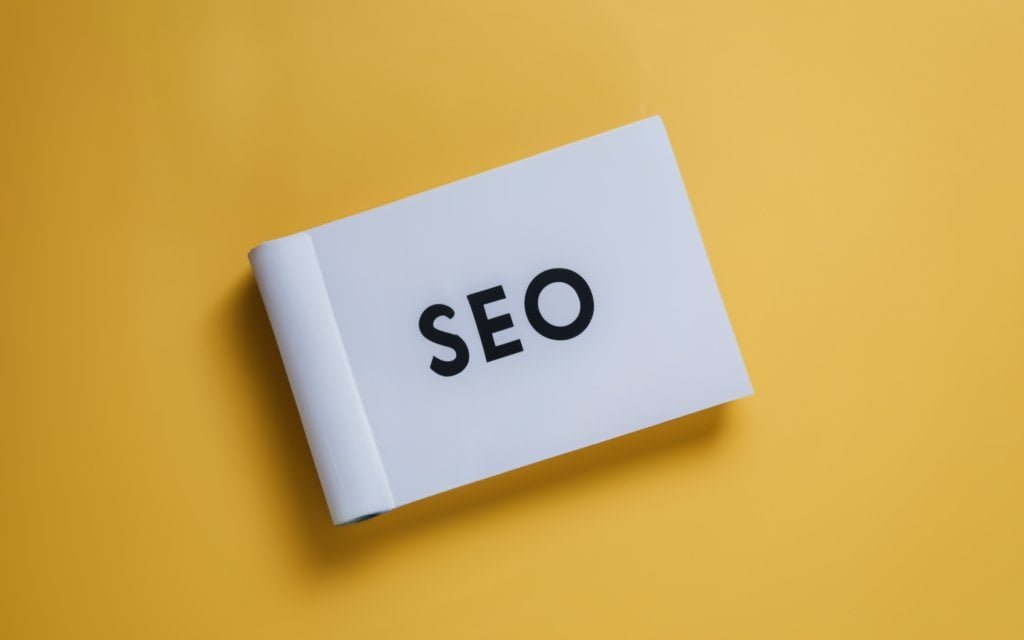In the ever-evolving landscape of digital marketing, Email Marketing vs Marketing Automation have emerged as two powerful tools that can significantly impact a company’s outreach and engagement strategies. In this article, we will delve deep into the world of Email Marketing and Marketing Automation, comparing their strengths, weaknesses, and the scenarios in which each is most effective.
Key Concepts and Terminology
Before we dive into the comparison, let’s briefly understand the key concepts associated with Email Marketing and Marketing Automation.
Email Marketing
Email Marketing is the practice of sending targeted emails to a list of subscribers. It includes elements such as Email Campaigns, Open Rates, Click-Through Rates (CTR), and Conversion Rates. Email marketing allows businesses to directly communicate with their audience, making it a popular choice for marketing campaigns.
Marketing Automation
On the other hand, Marketing Automation involves the use of technology to automate repetitive marketing tasks. It encompasses features like Automated Workflows, Lead Scoring, Drip Campaigns, and Personalization. Marketing Automation empowers businesses to streamline their marketing processes, saving time and increasing efficiency.
Advantages of Email Marketing
Cost-Effective Communication
One of the primary advantages of Email Marketing is its cost-effectiveness. Sending emails to a large subscriber base is relatively affordable compared to other marketing channels.
Targeted Audience Engagement
Email marketing allows businesses to tailor messages to specific segments of their audience, increasing the chances of engagement and conversion.
Analytics and Tracking
Email marketing platforms provide robust analytics, enabling marketers to track the performance of their campaigns in real-time. This data-driven approach helps in making informed decisions.
High Conversion Rates
Well-crafted email campaigns can yield high conversion rates, turning subscribers into customers. Several case studies showcase remarkable success stories.
Limitations of Email Marketing
Limited Automation
Email Marketing, while effective, has limitations in terms of automation. Marketers often need to manually trigger emails or responses.
Spam Filters and Deliverability
Emails can end up in spam folders, affecting deliverability rates. Overcoming spam filters requires careful planning.
Campaign Fatigue
Sending too many emails can lead to campaign fatigue, causing subscribers to disengage or unsubscribe.
Lack of Real-Time Responses
Emails do not facilitate real-time interactions, which can be a drawback when immediate responses are needed.
Advantages of Marketing Automation
Scalability and Efficiency
Marketing Automation shines in terms of scalability and efficiency. It handles repetitive tasks, ensuring consistent engagement with leads and customers.
Enhanced Personalization
Marketing Automation enables deep personalization, delivering the right message to the right person at the right time.
Lead Nurturing
Automated workflows nurture leads, gradually guiding them through the sales funnel until they are ready to convert.
A/B Testing and Optimization
Marketing Automation tools facilitate A/B testing, helping marketers fine-tune their campaigns for better results.
Limitations of Marketing Automation
Initial Setup Complexity
Setting up Marketing Automation can be complex, requiring time and expertise.
Costs Associated with Automation Tools
Quality Marketing Automation tools come at a price, which may not be feasible for all businesses.
Risk of Over-Automation
Over-automation can lead to impersonal interactions, potentially alienating customers.
Data Privacy Concerns
Handling customer data in automated systems raises concerns about data privacy and security.
When to Use Email Marketing
Understanding when to use Email Marketing is crucial. It is ideal for scenarios where direct communication with a well-defined audience is required. Tips for effective Email Marketing include crafting engaging email content and optimizing send times.
When to Use Marketing Automation
Marketing Automation shines when businesses seek efficiency and scalability. It is best suited for lead nurturing and complex customer journeys. Implementing Marketing Automation successfully involves careful planning and a focus on customer segmentation.
Integrating Email Marketing with Marketing Automation
The synergy between Email Marketing and Marketing Automation is undeniable. Examples of successful integration reveal how businesses can benefit from both approaches. Various tools and software solutions are available to facilitate this integration seamlessly.
Case Studies
To illustrate the effectiveness of Email Marketing and Marketing Automation, we present real-life examples of successful campaigns and implementations. These case studies shed light on the practical applications of these strategies.
Key Differences and Similarities
Comparing the features of Email Marketing and Marketing Automation helps businesses understand their unique strengths and weaknesses. Both play crucial roles in serving different stages of the sales funnel.
Best Practices for Effective Email Marketing and Marketing Automation
Regardless of the chosen strategy, there are common best practices that marketers should follow. Crafting engaging email content, automating customer journeys, segmenting the audience, and measuring performance are key to success.
Future Trends in Email Marketing and Marketing Automation
The digital marketing landscape is continually evolving. Future trends indicate the integration of AI and machine learning, enhanced data analytics, and evolving customer expectations.
Conclusion
In the battle of Email Marketing vs Marketing Automation, there is no clear winner. Each strategy has its own merits and is suitable for different scenarios. The key is to choose the right strategy based on your business goals and customer needs. As technology continues to advance, finding the right balance between these two approaches will be essential for staying ahead in the social media marketing game.







